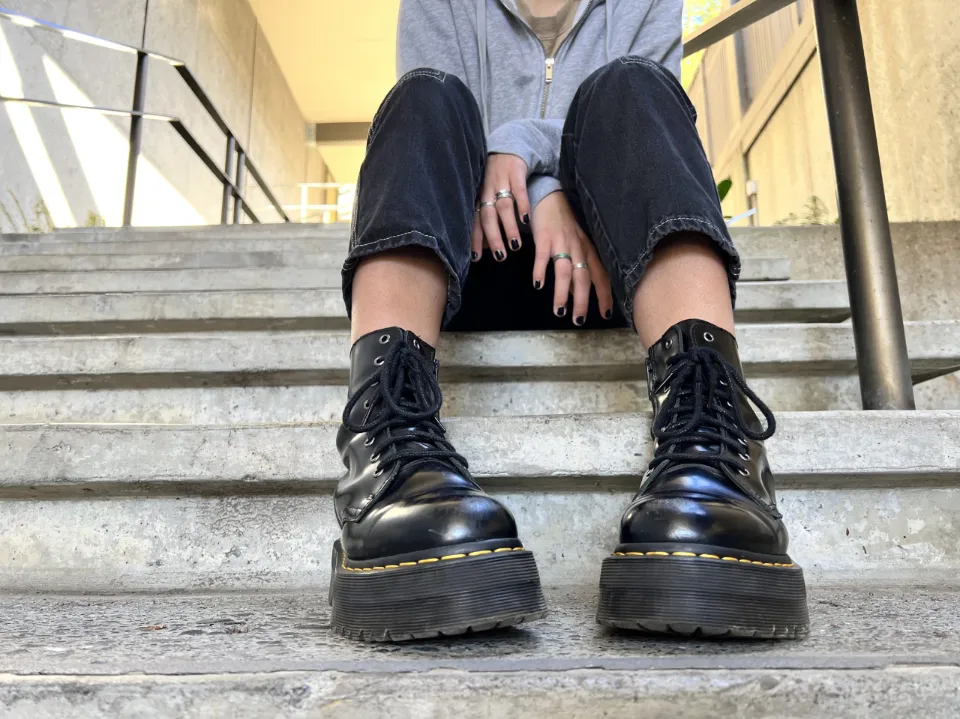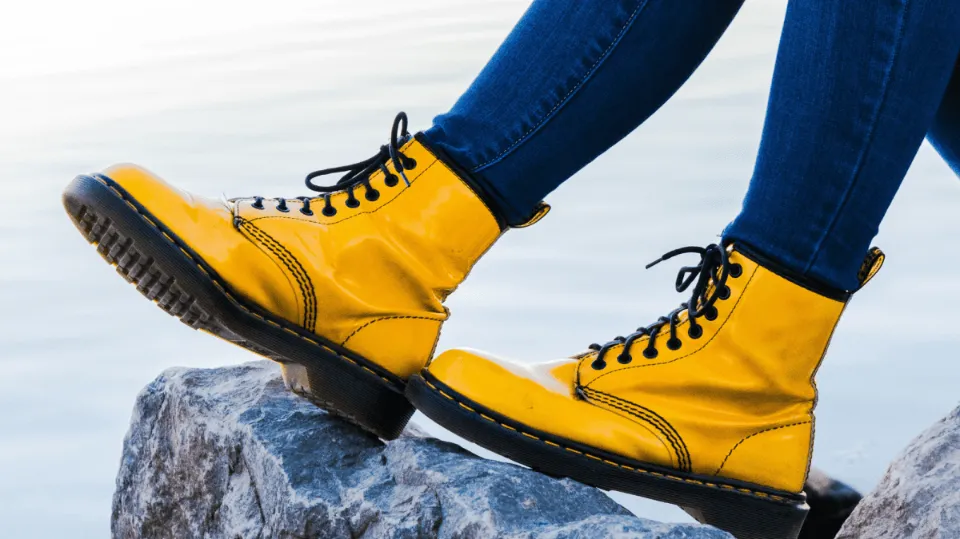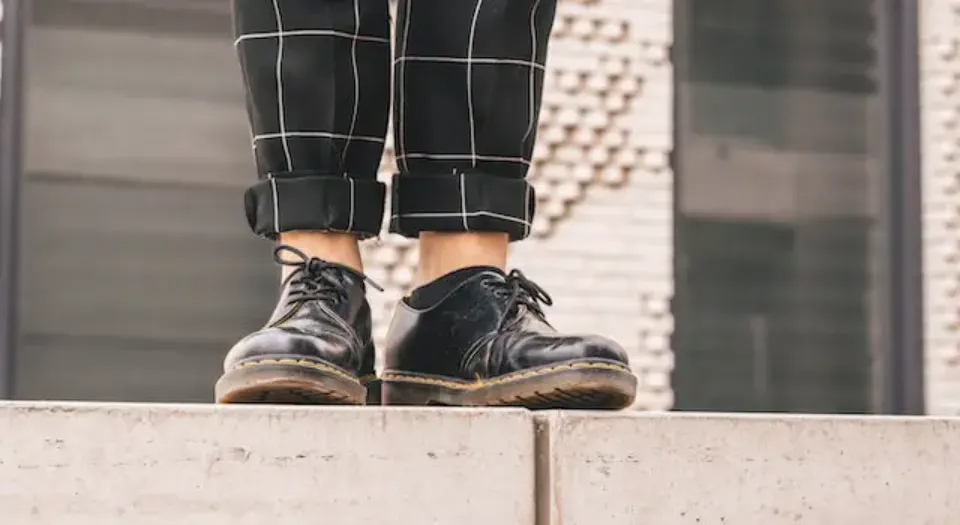Most people wear shoes that are too small for them—more than two thirds of people—which can cause foot pain and conditions like plantar fasciitis. Do you know how should sandals fit?
Properly fitting sandals should be comfortable and supportive with proper arch support, no overhang, and not have tight-fitting straps that rub or cause irritation.
To get the correct fit, you should measure your feet and consult the brand’s size conversion chart for shoes. A thorough buying guide for sandals is provided below.
How Should My Sandals Fit?
It’s one thing to know which of your sandals fit perfectly and which do not, but it’s another thing to know what makes them fit so well.
The length of a pair of sandals that fits you perfectly and feels great should be just right—neither too short nor too long. You shouldn’t feel restricted in the ankle area or have red marks on your feet from the sandals. Additionally, they shouldn’t give much room for movement.
In short, your sandals should fit in a snug yet comfortable way that offers ample support without shaping your feet in an unnatural way or causing physical pain.
Related Post: Are Sandals Business Casual?
Signs of a Good Fit
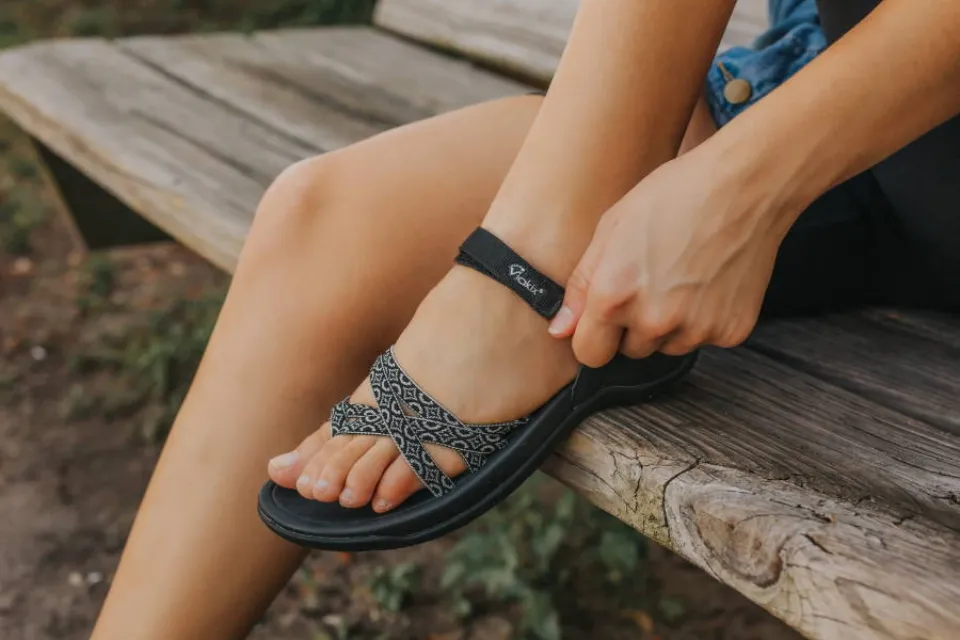
Well-fitting sandals should be comfortable and supportive. Prior to making a purchase, look for these indications of a good fit.
- Width: The sandal should comfortably accommodate your foot. You probably should size up if the edges of your feet match the edges of the sandal.
- Length: Your heels and toes should be completely enclosed by the sandal. The straps will probably dig into your foot as you walk if your heel sticks out past the sandal’s sole in the back. The sole of the sandal cannot shield your toes or heel if they hang over the front or back, putting them at risk for snagging or getting hurt.
- Arch Support: Lack of adequate arch support makes it necessary for your feet to work harder than necessary to support your body. Foot issues like plantar fasciitis may develop as a result over time. By wearing shoes with the right arch support, you can help stop the emergence of these excruciating issues. It is even more crucial to wear shoes with adequate arch support if you already have a foot condition to help avoid unnecessary pain.
- Material and Straps: Avoid wearing tight-fitting straps that irritate or cause rubbing. Keep in mind that wearing uncomfortable shoes is less likely for you. Sandals should be purchased for their comfort, not just their aesthetic appeal. Consider stretching the material if the straps are a little too tight. While other fabrics don’t tend to stretch, leather and plastic do.
- Purpose: Make sure the sandals you buy are appropriate for the activity for which you intend to use them. For instance, hiking sandals should have a sturdy outsole with non-slip treading. While still being comfortable, sandals can be more stylish for a night out.
How Do I Get the Perfect Fit?
Here are our tips for finding sandals that best fit your feet:
Choose the Correct Size
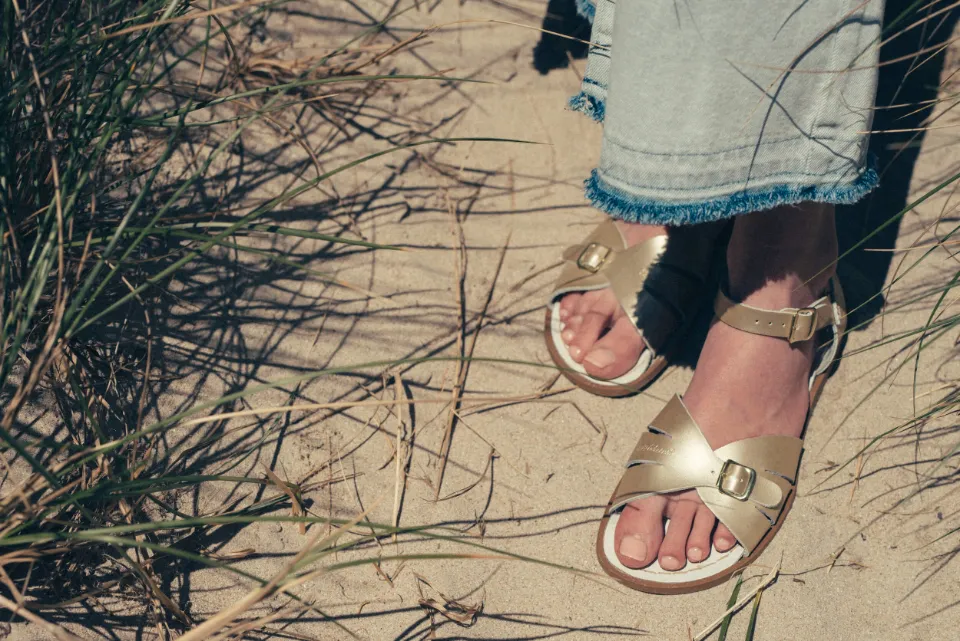
Although it might seem a little obvious, getting the overall size right is crucial to finding a pair of sandals that fits well.
Then, without having to worry about issues involving too much (or not enough) room in the sole area, you can concentrate on the specific designs and components that suit your feet the best.
For advice on sizing up or down in Charleston Shoe Co. shoes, make sure to read the size notes located beneath the number size selection. sandals!
Read More: How to Stretch Leather Sandals?
Try Different Styles
It can be useful to know which sandal styles fit various types of feet when selecting a specific pair of sandals.
For instance, those with wide feet typically discover that a pair of cozy wedge sandals with a low heel are some of the best options for a dressy outfit or formal occasion. Consider a shoe style that conforms to your specific foot shape if you have bunions because the upper portion is flexible and elastic.
See which styles suit you the best by experimenting with different straps, soles, heel heights, and materials.
Related Post:
Don’t Compromise on Comfort
Comfort should be at the top of your list when looking for new sandals, in addition to the ideal styles and sizes.
A soft, padded insole and at least one elastic strap or band for greater mobility are among the distinguishing design features of each pair of our sandals. As a result, the sandals are of excellent quality and have a stylish, perfect fit.
Read More:
Should I Size Up Or Down for Slides?
There is no one-size-fits-all solution when it comes to slides; it all depends on the slide’s design and your personal preferences.
We advise trying both sizes on if you’re unsure to determine which is more comfortable. To size down for slides, however, is generally the norm.
They don’t need to be as tightly fitted as something like a dress shoe because they tend to be more casual shoes.
Sizing down ensures that slides will still fit comfortably even after being worn for a while, as slides frequently stretch out a little over time.
Summary: How Should Sandals Fit
Ready to find your perfect sandal size? Even if you believe you already know your shoe size, it is advised that you periodically re-measure. Your shoe size fluctuating is typical.
Due to the fact that your feet tend to swell throughout the day, we advise measuring your feet in the evening.
A shoe that fits comfortably throughout the day but is a little bit too big in the morning is preferable to one that initially fits comfortably but shrinks as your feet swell.
Read More:
- How to Stop Feet from Sweating in Sandals?
- How Should Flip Flops Fit?
- How Should Loafers Fit?
- Sandals Vs Flip Flops
FAQs
How to Tell If Sandals Are Too Small?
Your toes or heel hanging over the front or back indicates that the sandal is too small.
Is It Better to Size Up Or Down in Sandals?
Generally speaking, shoe size and sandal size tend to be the same, but since sandals fit differently, you may find that sizing up from your standard shoe size is the route to go.
How Should Backless Shoes Fit?
Snug but not too tight is ideal for backless shoes.

